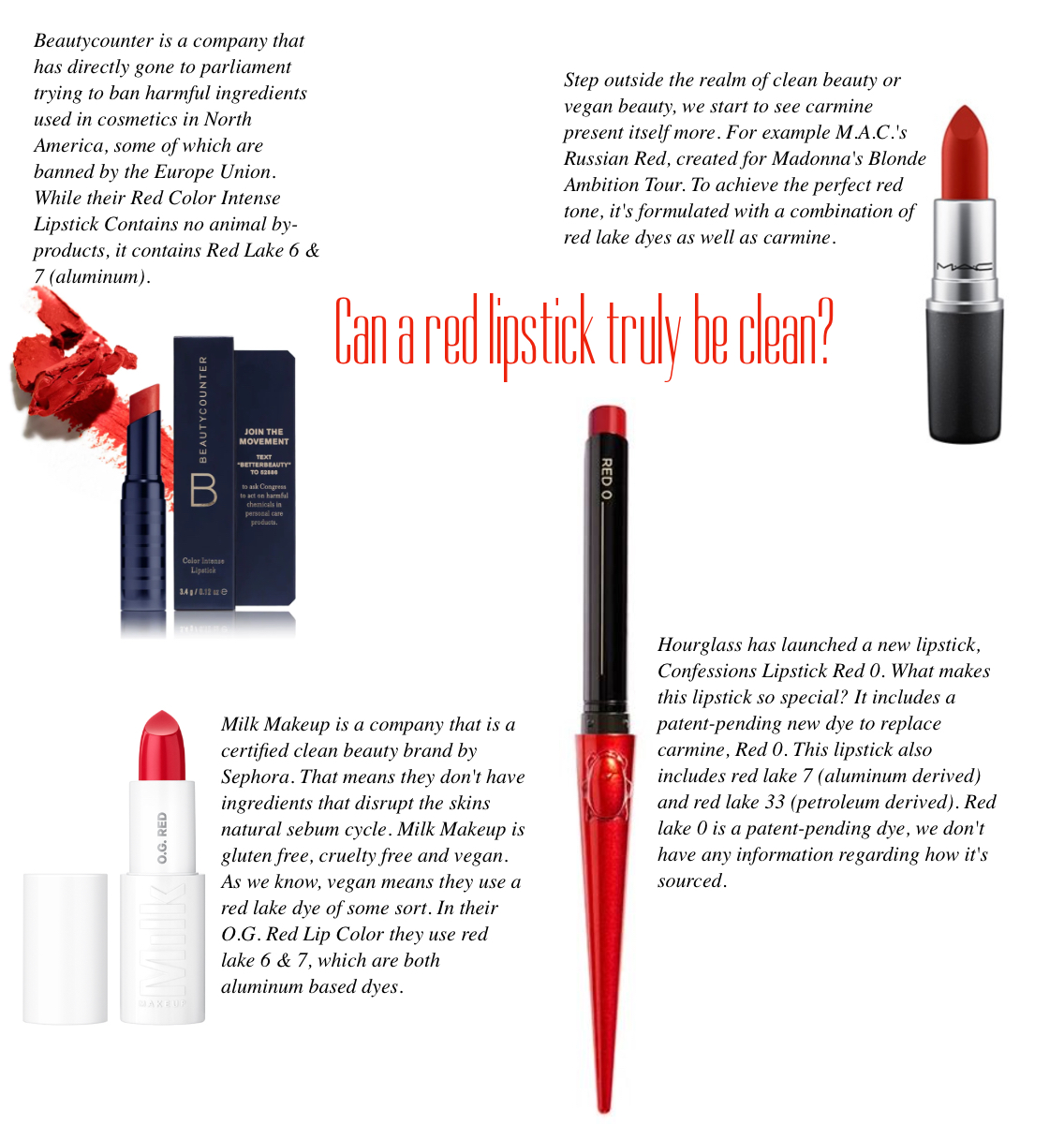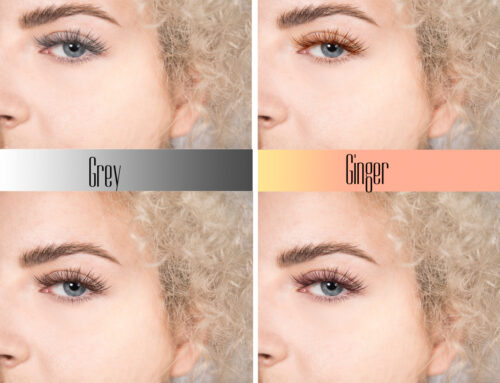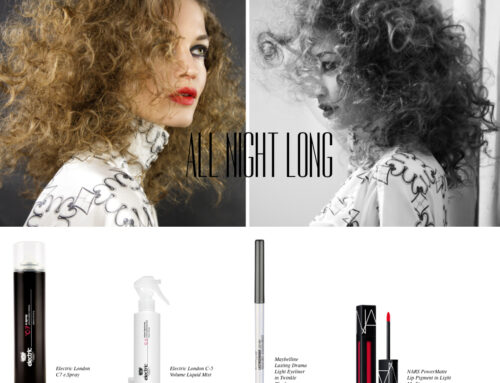
The 1940’s were an interesting time for cosmetics. The metal that was once used to package beauty products was being shipped out to forage artillery, forcing a switch to cardboard packaging. Production in cosmetic manufacturing was reduced to 25% and a luxury tax was added. Propaganda was littered with headlines telling women to wear a “brave face” which often included red lipstick. So not only was makeup harder to come by and more expensive, it was now considered an expectation. However, this introduced creativity and many innovative home-beauty hacks.
As we know, the red lip was one of the most wearable colours in the 1940’s. So what did women do when they couldn’t get their classic reds? They turned to beets. Not only did they work as a red lip stain, you could also use it on the cheeks for a fresh blush. To this day there are at-home recipes to make your own beet lip balm using coconut oil or vegetable oil.
The classic red lip dates all the way back to ancient Egypt, the beginning of many makeup and self-care traditions. The first formula achieved its colour from red ochre, mixed with animal fat or vegetable oil for a glossy texture. It’s rumoured that Cleopatra was the first person to introduce carmine into the formula, which is an ingredient used to this day.
There are many of grey areas within cosmetics, especially when we get into clean beauty. Let’s talk about carmine first- also known as Red 4 or CI 75470. This ingredient is formulated by crushing the shells of cochineal insects revealing their bright red colour. Carmine is used in many different cosmetic products. Technically it is a non-toxic ingredient, but it you’d prefer vegan products it’s not ideal.
If you are someone seeking out a vegan option for your statement red lip, you’re going to see a list of other red lake dyes. These dyes will be derived from aluminum or petroleum. In any cosmetic product, there’s a safe level of these ingredients that makeup companies have to adhere to.
In the beauty market, there is a huge crossover with people wanting clean products that are cruelty free or vegan. The fact is any red lipstick in the current market will always include either carmine or a red lake dye. So where does that leaves us in clean beauty? Red lake dyes are approved to be used in clean brands. If you’re comfortable using animal by-products, carmine is a clean ingredient. If you want an alternative to those options, we can look back to the history of beauty and utilize beets or red ochre.




